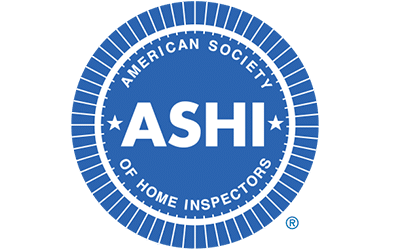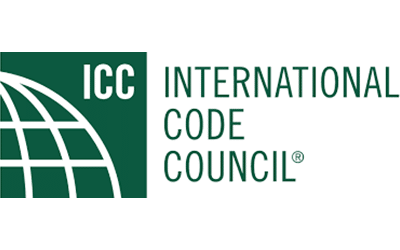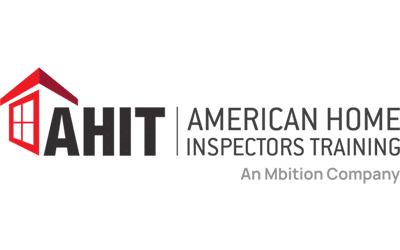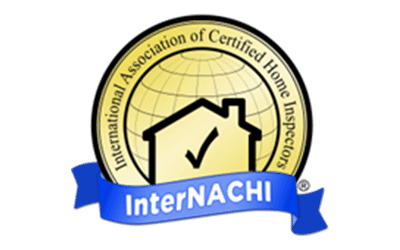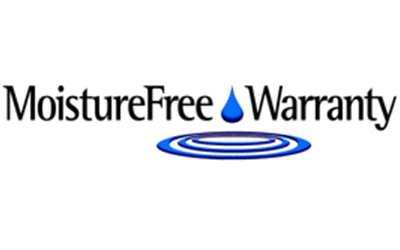Cool Me When I’m Hot, Heat Me When I’m Cold!
During a home inspection, it is the desire of the buyer to know all that can be known about the home. And that desire by the buyer is matched by the inspectors desire to tell all that can be told. This is as it should be!
However, sometimes, seasonal inspection limitations conspire to cause concern. What does this mean?
An example of a common cause for concern is the inspection of heat pumps, or more precisely, the seasonal limitations confronted by a home inspector when inspecting a heat pump. Seasonal limitations – what seasonal limitations?
A brief description of how a heat pump operates will make things clear.
An electric heat-pump system has two basic components, a compressor section located outside the home, and an air-handler section located inside the home. The two components are connected by loop of cooper pipe through which refrigerant is pumped by the compressor section.
That was easy. Now to explain further!
In order to cool the home in the summertime, the flow of the refrigerant is cycled from the compressor to the air handler where air is blown across the coils in the air handler. This cooled air is then distributed via the ducts. As the warm air from inside the home flows across the cold coil in the air handler, that air warms the refrigerant. The now warm refrigerant is then returned outside to the coils in the compressor section where it is cooled by a fan. The cycle repeats until the thermostat tells the system that the home is cooled to the desired temperature.
In the wintertime, the heat pump operates exactly the same way, with one exception. When we switch our heat pumps from “cool” to “heat”, we are reversing the direction the refrigerant flows in the system. This is accomplished via what is known as a reversing valve. The only significant difference between an “air-conditioner” and a “heat-pump” is this ONE component, the “reversing valve”, that allows the thermostat to change the direction of refrigerant flow. All other components operate the same, whether in cooling mode or heating mode.
So what does that have to do with seasonal limitations? The heat-pump systems are equipped with protective devices to reduce the likelihood of damage to the system from over pressurization and ice accumulation. The system designers make the assumption that people intend to cool their homes in summer and heat their homes in winter. This seems reasonable to me!
As a practical matter, when a heat-pump system is inspected it should be inspected in the mode in which it is presently being operated to preclude damage to the system. Hence, operate in cooling mode in summer, and heating mode in winter. If the system is off at the time of inspection, it is common practice to operate in the heat mode if the outside temperature is below 65 degrees, in the cooling mode if the temperature above 65 degrees.
What is important to understand is that even given this seasonal limitation, a proper inspection of the system WAS performed!
Even though the heat pump is operated in only one mode at the time of an inspection, virtually every component of the system, from the ducts to the fans to the compressor, operate the same way in either mode. The principal component not checked is the operation of the reversing-valve. It should be considered a proper inspection to operate the system in only one mode. If the system were forced to operate in a mode contrary to its design, there is a high risk of damage to the system!
A respect and understanding of common seasonal inspection limitations can go a long way in helping buyers to understand their home, their home inspection, and feel great about the home buying process.
